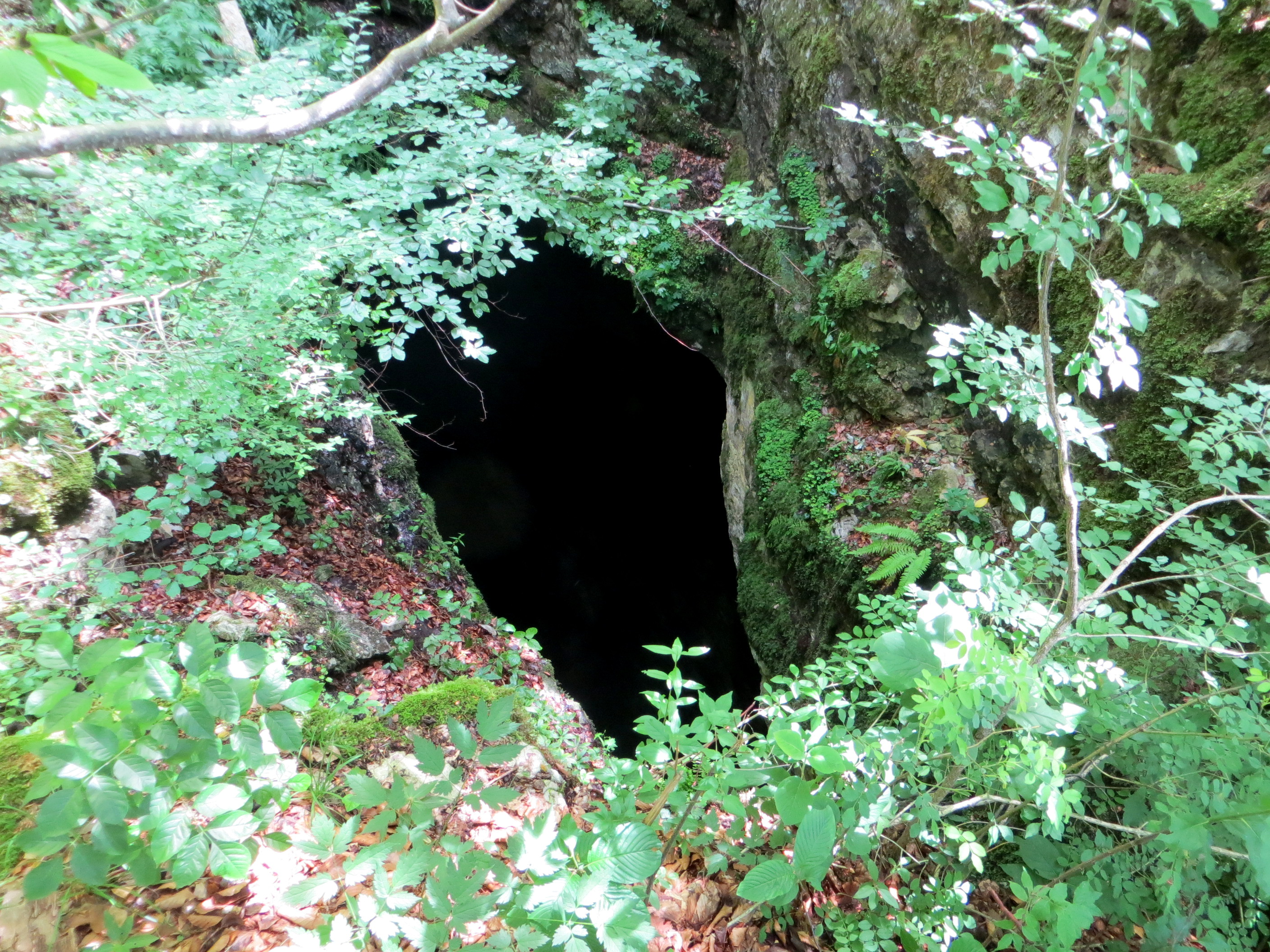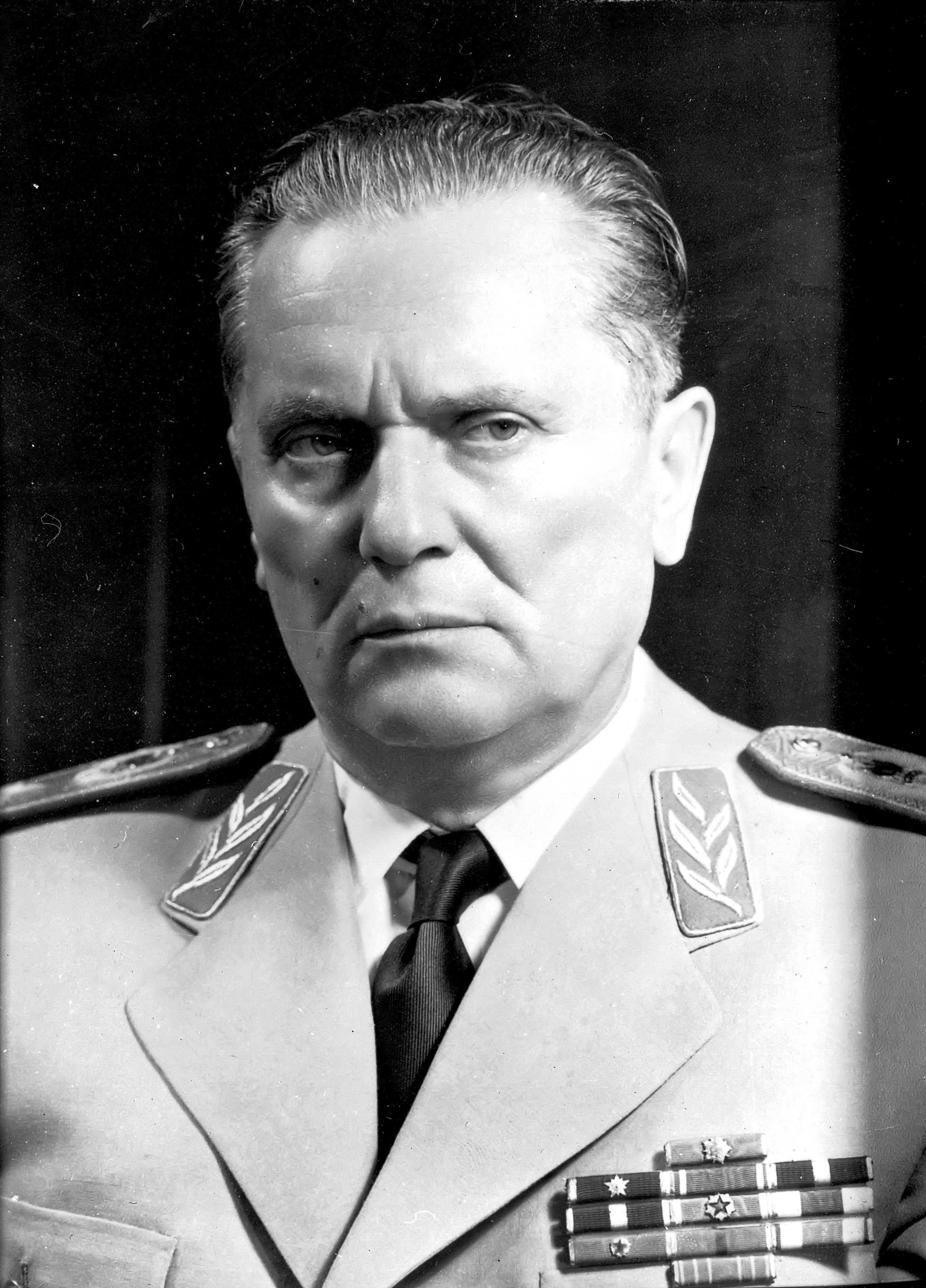|
France Dejak
France Dejak (20 September 1925, Dolenje Laze near Ribnica, Slovenia - September 2003, Cleveland, United States) was a survivor of the Kočevski Rog killings of members of the Slovene Home Guard, repatriated by the British 5th Corps in Carinthia to the Titoist regime immediately after the World War II. Dejak described the survival and escape many times after the end of the Cold war and he did it in detail for the first time in an interview published by ''Mladina'' magazine on 3 November 1989 to journalist Gorazd Suhadolnik. He, France Kozina, and Milan Zajec were the only ones among the survivors of the mass killing who managed, with the help of the tree, which during the dynamiting slid down into the cave with its trunk still hooked on the edge of the cave, climbed out of it and escaped. [...More Info...] [...Related Items...] OR: [Wikipedia] [Google] [Baidu] |
Ribnica, Slovenia
Ribnica (; german: Reifnitz''Leksikon občin kraljestev in dežel zastopanih v državnem zboru,'' vol. 6: ''Kranjsko''. 1906. Vienna: C. Kr. Dvorna in Državna Tiskarna, p. 48.) is a town in the Municipality of Ribnica in southern Slovenia. It is the seat of the municipality. It is part of the traditional region of Lower Carniola and is now included in the Southeast Slovenia Statistical Region. Name Ribnica was attested in written sources in 1220 as ''Rewenitz'' (and as ''Reiwencz'' and ''Reifenitz'' in 1241, ''Reiuenz'' in 1263, ''Reyuinz'' in 1303, and ''Reyfniz'' in 1327). The name was originally a hydronym derived from the common noun ''riba'' 'fish', thus referring to a stream with many fish and, by extension, a settlement along such a stream.Snoj, Marko. 2009. ''Etimološki slovar slovenskih zemljepisnih imen''. Ljubljana: Modrijan and Založba ZRC, p. 354. In the past, the settlement was known as ''Reifnitz'' in German, and in the local dialect it is known as ''Rîbənca''. ... [...More Info...] [...Related Items...] OR: [Wikipedia] [Google] [Baidu] |
Cleveland
Cleveland ( ), officially the City of Cleveland, is a city in the U.S. state of Ohio and the county seat of Cuyahoga County. Located in the northeastern part of the state, it is situated along the southern shore of Lake Erie, across the U.S. maritime border with Canada, northeast of Cincinnati, northeast of Columbus, and approximately west of Pennsylvania. The largest city on Lake Erie and one of the major cities of the Great Lakes region, Cleveland ranks as the 54th-largest city in the U.S. with a 2020 population of 372,624. The city anchors both the Greater Cleveland metropolitan statistical area (MSA) and the larger Cleveland–Akron–Canton combined statistical area (CSA). The CSA is the most populous in Ohio and the 17th largest in the country, with a population of 3.63 million in 2020, while the MSA ranks as 34th largest at 2.09 million. Cleveland was founded in 1796 near the mouth of the Cuyahoga River by General Moses Cleaveland, after whom the city was named ... [...More Info...] [...Related Items...] OR: [Wikipedia] [Google] [Baidu] |
Kočevski Rog Massacre
The Kočevski Rog massacre was a series of massacres near Kočevski Rog in late May 1945 in which thousands of members of the Nazi Germany–allied Slovene Home Guard were executed, without formal charges or trial, by special units of the Yugoslav Partisans; other victims were Croat, Serb and Montenegrin collaborationists as well as much smaller numbers of Italian and German troops. Events After the armistice, the British repatriated more than 10,000 Slovene collaborators who had attempted to retreat with the Germans; Josip Broz Tito had most of them massacred at the infamous pits of Kočevje. The killings continued after the war, as Tito's victorious forces took revenge on their perceived enemies. The British forces in Austria turned back tens of thousands of fleeing Yugoslavs. Estimates range from 30,000 to 55,000 killed between spring and autumn 1945. Most of these prisoners of war who were repatriated by the British military authorities from Austria, where they had fled, d ... [...More Info...] [...Related Items...] OR: [Wikipedia] [Google] [Baidu] |
Slovene Home Guard
The Slovene Home Guard ( sl, Slovensko domobranstvo, SD; german: Slowenische Landeswehr) was a Slovene anti- Partisan military organization that was active during the 1943–1945 German occupation of the formerly Italian-occupied Province of Ljubljana. It consisted of former Village Sentries ( sl, Vaške straže; it, Guardia Civica), part of Italian-sponsored Anti-Communist Volunteer Militia, re-organized under Nazi command after the Italian Armistice. It was closely linked to Slovenian right wing anti-Communist political parties and organizations, which provided most of the membership, taking assistance of Germans rather than the opposite. In the Slovenian Littoral, a similar but much smaller unit, called Slovenian National Defense Corps ( sl, Slovensko narodno varnostni zbor, german: Slowenisches Nationales Schutzkorps), more commonly known as the Littoral Home Guard ( sl, Primorsko domobranstvo) was ideologically and organizationally linked to the SD. An even smaller Up ... [...More Info...] [...Related Items...] OR: [Wikipedia] [Google] [Baidu] |
Titoist
Titoism is a political philosophy most closely associated with Josip Broz Tito during the Cold War. It is characterized by a broad Yugoslav identity, workers' self-management, a political separation from the Soviet Union, and leadership in the Non-Aligned Movement. Tito led the Communist Yugoslav Partisans during World War II in Yugoslavia. After the war, tensions arose between Yugoslavia and the Soviet Union. Although these issues diminished over time, Yugoslavia still remained relatively independent in thought and policy. Tito led Yugoslavia until his death in 1980. Today, the term "Titoism" is sometimes used to refer to Yugo-nostalgia, a longing for reestablishment or revival of Yugoslavism or Yugoslavia by the citizens of Yugoslavia's successor states. Tito-Stalin split When the rest of Eastern Europe became satellite states of the Soviet Union, Yugoslavia refused to accept the 1948 ''Resolution of the Cominform'' and the period from 1948 to 1955, known as the Infor ... [...More Info...] [...Related Items...] OR: [Wikipedia] [Google] [Baidu] |
Mladina
''Mladina'' (English: Youth) is a Slovenian weekly left-wing political and current affairs magazine. Since the 1920s, when it was first published, it has become a voice of protest against those in power. Today, ''Mladina'''s weekly issues are distributed throughout the country. ''Mladina'' is considered one of the most influential political magazines in Slovenia. ''Mladina'' has served as a hub for investigative journalism in Slovenia since the 1980s, when its pioneering "muckraking" reporting and critical (and then highly controversial) sociopolitical coverage helped spark the dissolution of Yugoslavia. ''Mladina'' is also digitally published online, and its website maintains an expansive article archive. History and profile ''Mladina'' has cycled through many iterations through its history spanning nearly a century, at times alternately operating under party or state control, or functioning as an independent-minded watchdog publication. 1920–1945: Origins ''Mladina'' was ... [...More Info...] [...Related Items...] OR: [Wikipedia] [Google] [Baidu] |
Radio Študent
Radio Student (100.5 MHz FM) is the first student radio station in Croatia, broadcasting since 1996 in Zagreb. The station is non-profit, non-commercial serving as an educational radio for students of Zagreb University. It is located at the Faculty of Political Sciences, which is licensed to broadcast to a part of the city of Zagreb. Programming Program is focused on students, student issues, education and creativity as well as new trends and modern lifestyles as appropriate to Radio Student's target audience. News are edited by the students of journalism themselves. Talk shows and magazines include topics on education, culture, art, science, ecology, society, politics, etc. Music is very varied, covering various genres and interests with specialized One Man shows in the afternoons and evenings. The show's annual birthday is celebrated each year by a club event. Web streaming Radio Student offers a wide range of on-line streaming possibilities. Available streams include Wind ... [...More Info...] [...Related Items...] OR: [Wikipedia] [Google] [Baidu] |
1925 Births
Nineteen or 19 may refer to: * 19 (number), the natural number following 18 and preceding 20 * one of the years 19 BC, AD 19, 1919, 2019 Films * ''19'' (film), a 2001 Japanese film * ''Nineteen'' (film), a 1987 science fiction film Music * 19 (band), a Japanese pop music duo Albums * ''19'' (Adele album), 2008 * ''19'', a 2003 album by Alsou * ''19'', a 2006 album by Evan Yo * ''19'', a 2018 album by MHD * ''19'', one half of the double album ''63/19'' by Kool A.D. * ''Number Nineteen'', a 1971 album by American jazz pianist Mal Waldron * ''XIX'' (EP), a 2019 EP by 1the9 Songs * "19" (song), a 1985 song by British musician Paul Hardcastle. * "Nineteen", a song by Bad4Good from the 1992 album '' Refugee'' * "Nineteen", a song by Karma to Burn from the 2001 album ''Almost Heathen''. * "Nineteen" (song), a 2007 song by American singer Billy Ray Cyrus. * "Nineteen", a song by Tegan and Sara from the 2007 album '' The Con''. * "XIX" (song), a 2014 song by Slip ... [...More Info...] [...Related Items...] OR: [Wikipedia] [Google] [Baidu] |
2003 Deaths
3 (three) is a number, numeral and digit. It is the natural number following 2 and preceding 4, and is the smallest odd prime number and the only prime preceding a square number. It has religious or cultural significance in many societies. Evolution of the Arabic digit The use of three lines to denote the number 3 occurred in many writing systems, including some (like Roman and Chinese numerals) that are still in use. That was also the original representation of 3 in the Brahmic (Indian) numerical notation, its earliest forms aligned vertically. However, during the Gupta Empire the sign was modified by the addition of a curve on each line. The Nāgarī script rotated the lines clockwise, so they appeared horizontally, and ended each line with a short downward stroke on the right. In cursive script, the three strokes were eventually connected to form a glyph resembling a with an additional stroke at the bottom: ३. The Indian digits spread to the Caliphate in the 9th ... [...More Info...] [...Related Items...] OR: [Wikipedia] [Google] [Baidu] |

